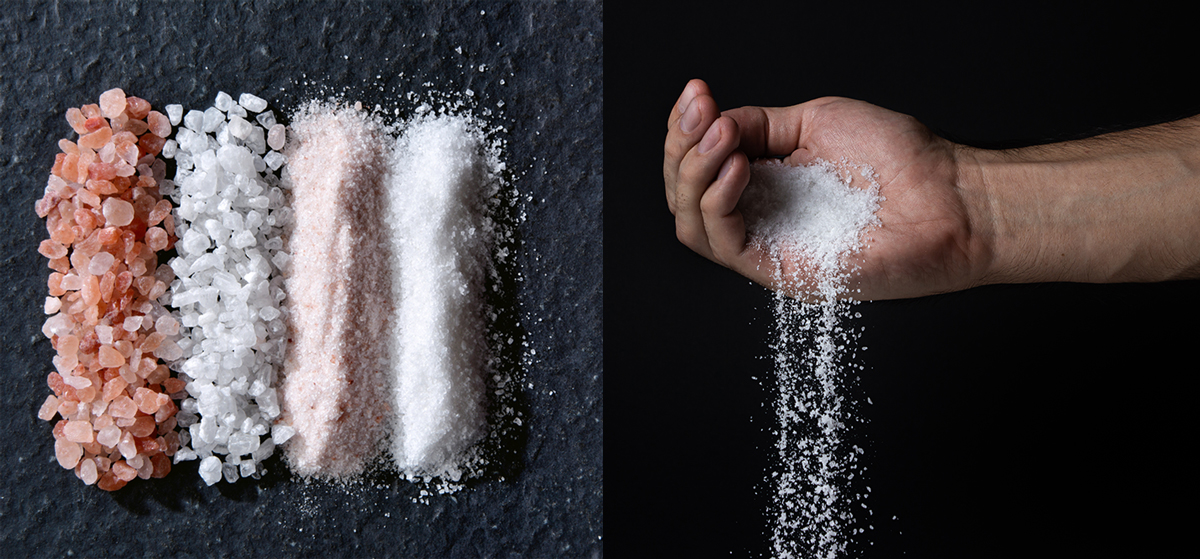To Salt or Not To Salt?
It’s about options and finding your flow!
Join me on this short dive into understanding cardiovascular health, prevention, and management choices.
While cooking at home or even at a favorite restaurant, do you find yourself having second thoughts about adding a pinch or five of extra salt? To make informed decisions, let’s first dive into a brief understanding of cardiovascular health. Cardiovascular health encompasses the health of our heart and blood vessels, which in turn impact the health of our entire body. The term cardiovascular disease refers to multiple conditions and includes heart attack, stroke, hypertension (high blood pressure), coronary artery disease, and heart failure. Many factors can influence the health of our cardiovascular system including social determinants of health, our access to affordable nourishing foods, engagement in intentional movement, environment, substance use, and genetics. Even though there is a genetic component to the development of cardiovascular disease, research shows that lifestyle factors and social determinants of health are the largest determinants of cardiovascular health. Signs that cardiovascular health may require attention include blood test revelations of elevated lipids (high cholesterol, high LDL, and low HDL), frequent chest pain and shortness of breath, and fluid accumulation resulting in the swelling of the legs and ankles.
Your nutrition can serve as an intervention or powerful modifier in improving cardiovascular health and reducing disease risk. Reducing sodium intake continues to be one of the main strategies for reducing cardiovascular disease risk. Research continues to show that consistently eating high amounts of salt/sodium lead to elevated blood pressure, which increases the risk of developing cardiovascular disease. The pathway is that excess sodium in the bloodstream causes the blood vessels to retain extra water. With this increase in volume inside of the blood vessels comes additional wear and tear on the blood vessels resulting in elevated blood pressure. Over time, the higher blood pressure can decrease blood vessel flexibility, and ridged vessels collect harmful plaques along the vessel walls, blocking blood flow and further contributing to cardiovascular disease.
Did you know that the CDC (Center for Disease Control) reports that nearly half of adults in the united states have elevated blood pressure? There is an undeniable link between high sodium eating patterns and the epidemic of cardiovascular disease in the US. Fortunately, there are both preventative measures and management options. Food/spice choices and modifications to beloved high-sodium staple favorites have been shown to improve cardiovascular health dramatically.
I want to note that adopting a low-sodium pattern of eating does not mean eliminating all sources of sodium from your meals Choosing low and no added salt options for common food products is an extremely effective way to reduce the sodium levels in everyday foods. If your staples include salty ingredients such as capers and anchovies, you may opt to use them but then make conscious decisions to complement them with other no or low-sodium foods and spices. This process of mindful inclusion is an opportunity to lean into additional ways to season and flavor or cooking.
To read the extended article and see my recommendations for multiple common and less-known salt substitutes including a special spice blend, head over to our newsletter (or subscribe now)!


Leave a Reply